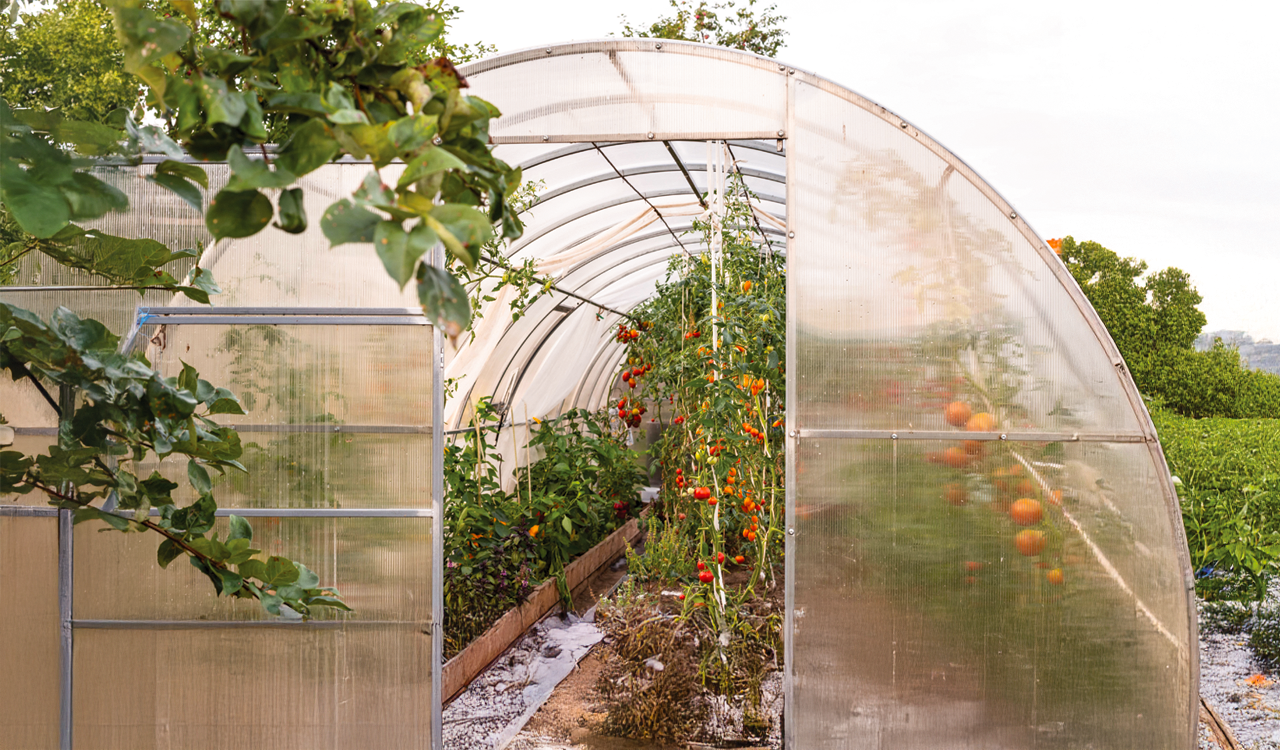The Greek government is ready to announce a new program focusing on the development of greenhouse cultivation as a strategic response to both climate change impact and to enhance its imports, with a budget of 600 million euros, by the end of this year.
The greenhouse sector is already one of the most dynamic areas within the primary sector and presents a viable solution to the pressing issues caused by the climate crisis.
Currently, Greece has 48,720 hectares of greenhouse space out of a total of 28.2 million hectares of cultivated land, with 8,319 greenhouse operations. Compared to the Netherlands, a similar sized county which has 120,000 hectares of greenhouse space, this is very low.
The benefits of greenhouse cultivation are clearly evident in tomato production. Outdoor tomato yields reach approximately 3 tons per hectare, while greenhouse tomatoes can produce up to 13.5 tons per hectare.
The aim of the greenhouse development program is to reduce costs by improving efficiency. According to the plan from the Ministry of Rural Development and Food, energy use in greenhouses is expected to drop by 30%, and water consumption for irrigation will see significant reductions as well.
The program’s funding will be structured as follows: 50% will come from the Rural Development Program (RDP), 35% will be covered through bank loans, and the remaining 15% will be provided by private capital.
It should be noted that areas affected by natural disasters and those in the Northern Aegean will receive an additional 10% in funding support.
Eligible beneficiaries will include both individuals and legal entities, as well as collective agricultural organizations such as producer groups, producer organizations, agricultural cooperatives, and their unions.
On the other hand, entities already receiving funding from other sectoral programs will be excluded from this program.




